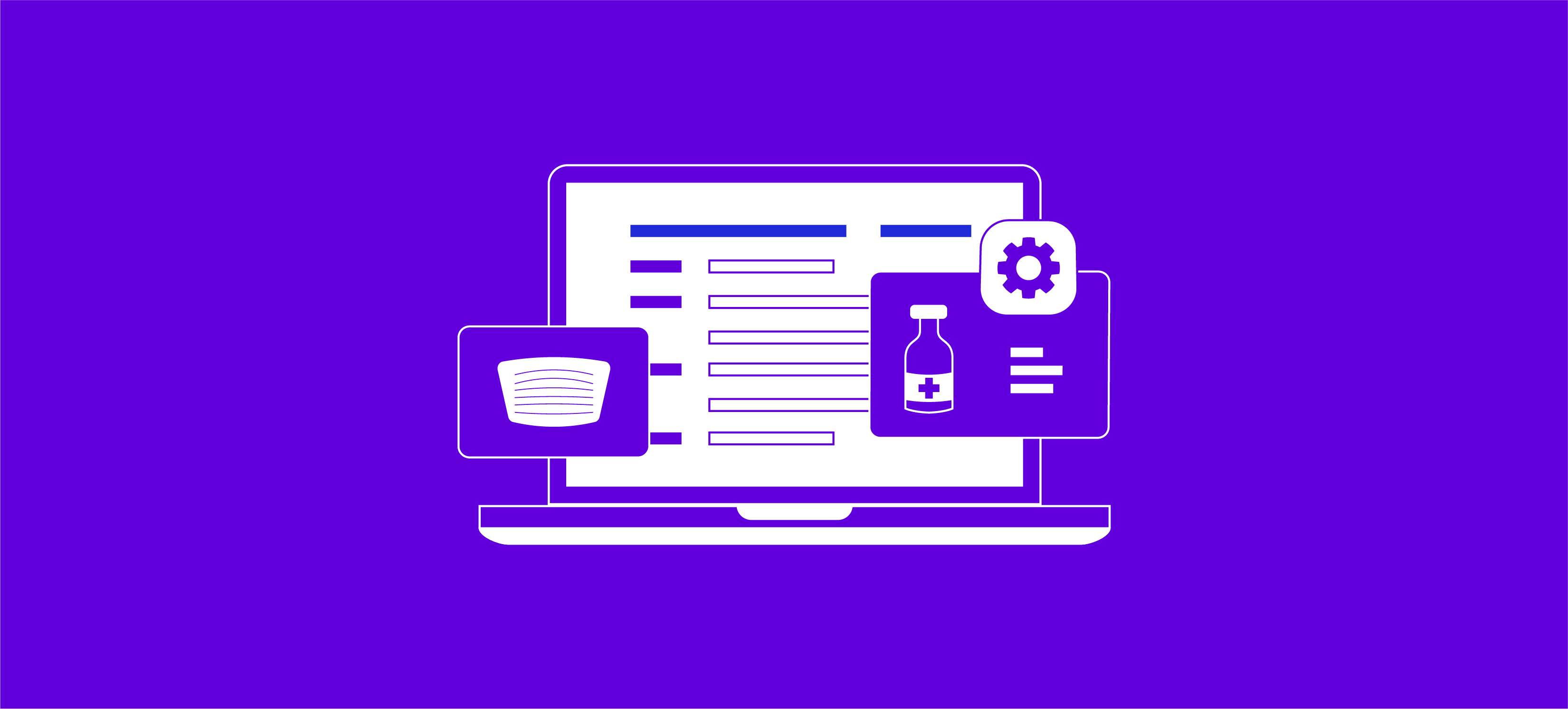Introducing symplr's Provider Management Gold Standard Initiative

The term “best practices” is tossed around a lot. But what does it mean? To some it’s a pie-in-the-sky ideal where everything in a complex healthcare provider credentialing process goes right. To others it’s the tried-and-true way of doing things to comply with legal and accreditation requirements. But by symplr standards, following any provider credentialing best practice today requires hitting the bullseye on four key benchmarks:
1) meeting regulations to 2) foster safer, higher-quality care and 3) ensure patient and practitioner satisfaction, while 4) doing so with fewer resources.
We can’t use yesterday’s methods to meet these four goals.
At symplr, we’ve begun an exciting initiative that reaches across medical credentialing, clinical privileging, and payer enrollment. Our bold and energetic goals will affect and reflect the best practices and performance targets of the medical staff services and payer enrollment professions. Combined with our understanding of your unique business needs, the best practices documented will culminate in our ability to serve you well into the future.
Credentialing best practices for changing times
Practitioner credentialing is at a crossroads where the skills, technology, and collaboration needed to perform the role are changing...rapidly. The time for credentialing and enrollment professionals to document and promote their key role as contributors to patient safety and revenue cycle is now.
Despite our best efforts, as an industry we haven’t captured credentialing and enrollment industry best practices that effectively use existing technology to account for:
- the emerging role of payer enrollment within medical staff services
- differing state laws, regulations, and accreditation body practices among our customers
- the fact that bylaws, policies, and procedures differ from one organization to the next
- the influential roles organizational culture, geography, clinical and professional staff composition, resource availability, and other factors play on the practices you follow to do your job
To this end, a special task force composed of industry experts—from within symplr’s walls and from other companies, consultancies, and customer organizations—gathered in Kansas City in November to kick off our first Gold Standard Summit.
Our goal: nothing short of mapping every step that constitutes best practices in medical credentialing and privileging, including example performance indicators.
Summit participant Carol Cairns, CPCS, CPMSM, President of PRO-CON, believes the strength of the medical services profession is in sharing knowledge and experiences. “This is our lifeline. As a young MSP, I could not wait to get to national and state conferences to learn from my colleagues. I still have an adrenaline rush when brainstorming with my contemporaries. We can all read CMS' and accreditors’ requirements and standards. It takes knowledge, experience, and wisdom to convert the printed word to action and to then take our combined experiences to establish best practices,” she said.
Phase one: Credentialing & privileging
In our first phase of the Gold Standard initiative, we documented and ratified credentialing and privileging best practices. In some areas, best practices are nonexistent or too nascent to record for that area. Those are areas we’re monitoring. The best practices we documented can be used in parallel or incorporated into the way you use technology for credentialing. Think of it as a DIY consulting model. What’s most exciting is what comes next as we begin to share what we’ve learned and use it for the development of next-generation software.
Summit participant Donna Goestenkors, CPMSM, President of Team Med Global, said, “Standardization across job functions and work processes in medical staff services is optimizing the work experience for the MSP as it leads to efficiency, increased productivity and the reduction in errors.” More importantly, she added, “These positive outcomes are exactly what healthcare administrators are looking for in high performing MSPs. Improving standardized work is a never-ending process and the new standard becomes the baseline for further improvements.”
Phase two: Payer enrollment
Needless to say, there are more phases to come in our Gold Standard initiative. It’s clear that payer enrollment is shaking up the world of credentialing. It’s our goal to document its best practices too—whether you own this role or closely collaborate with those who do.
Credentialing best practices for all: The great collective
In this Summit, symplr and veterans of the industry put our minds together to discover and document exactly what the gold standard for our customers should be. What should payer enrollment look like? How best does it sync up with credentialing? And what do those best practices mean for quality and performance improvement? What if you delegate credentialing?
Science and evidence-based medicine work using “collective intelligence.” The best and most efficient ways to conduct tasks or measure phenomena become group property and knowledge builds on the findings of many. As symplr has embarked upon the Gold Standard initiative, we feel it’s imperative to share what we’ve learned. And it should be the way our industry evolves as well. Let's work together to identify and maintain best practices.
According to Goestenkors, “symplr continues to be forward thinking by identifying gaps in the industry and solutions to fill those gaps. This gathering was a wonderful opportunity to create camaraderie between those who solve problems, those who do the daily work, and those who have been creating the technology to improve our process.”
Cairns added, “The depth of knowledge of the Summit participants was impressive. The key was the time and effort the staff had spent creating a draft 'map' of processes prior to the Summit. I could sense a culture that valued quality performance and processes.”
We look forward to bringing you more details of our Gold Standard initiative. The future is now!